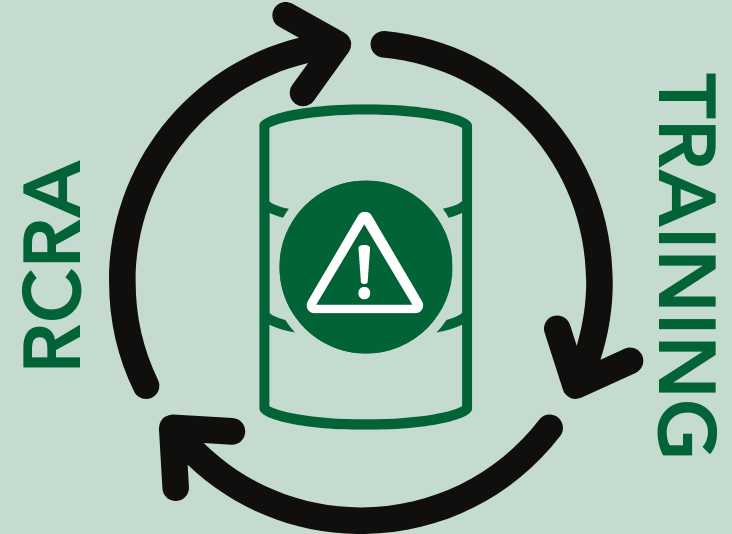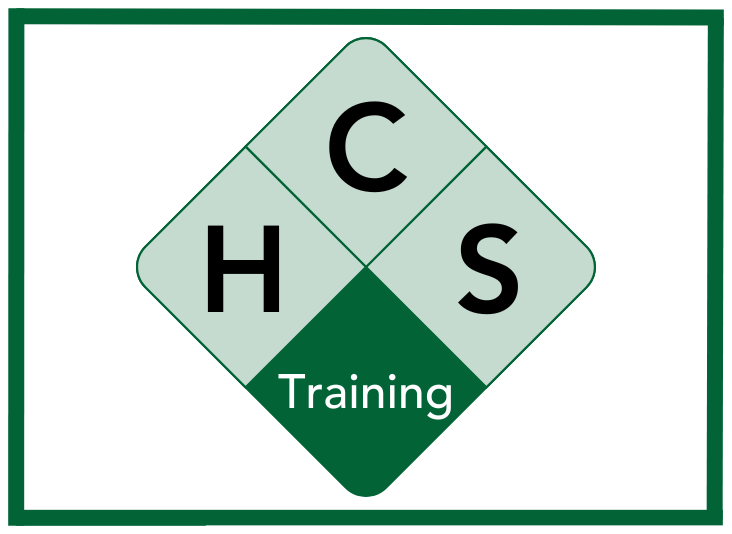5 Red Flags Your EHS Training Program is Ineffective
EHS training has never been more important in today's evolving job market. It's an absolute must if you want to maintain safety, compliance, and productive operations. Employees are unique, and most of them will be more experienced in some professional skills than others. Therefore, much of what is presented in a generalized out-of-the-box training isn't required for every employee. But how do you know there’s room for improvement in your current EHS training program? Look out for these red flags:
1. Redundancy of instructor tasks
EHS professionals are valuable members of a well-functioning EHS program. When it comes to training, these experts sometimes take on the role of conducting trainings for the various departments at an organization, which can be a large time commitment. While these trainings can be useful, the EHS professional's time is better spent on higher-level tasks rather than instructing the same trainings that can be easily done with an online training program. Using an online training program takes the pressure off EHS professionals who could be performing other essential duties rather than spending too much time on the same repetitive trainings.
2. No centralization of materials and records
Do administrative employees know where to find approved materials, records, and other important documents? Having a designated place to keep training records, reports, plans, and other documents is a critical part of maintaining compliance. Keeping track of paper documents and excel sheets not only takes up space but also provides an opportunity for records to be lost. A cloud-based learning management system (LMS) is able to contain all of your company's training materials, as well as training records and other data.
3. Limited or no visibility of training status and training metrics
For safety and compliance reasons, employers should be able to easily see who due for training, as well as certification completion dates. Additionally, administrators might need other data like assessment scores, instructor hours, learner time spent, and more. An LMS provides the ability to view employee training status and, to generate detailed training metric reports at your fingertips.
4. Overdue or expired trainings
Employers are legally obligated by OSHA and other state and federal agencies to train employees on various safety topics. If employees aren’t getting the trainings they need, or if trainings are allowed to expire, this is a major risk. Lack of adequate training not only leads to weakened productivity, but it can also result in fines, citations, and even legal consequences. With an LMS, admins can be automatically alerted before an employees’ training expires, so the training can be completed in advance.
5. Lots of manual labor and time spent on training activities
When planning in-house training, lots of time is spent on scheduling, assigning trainings, updating spreadsheets, and generating certificates. With a LMS, these processes are automated, meaning less manual labor on repetitive tasks.
A robust training program will elevate your workforce to a higher level of proficiency, fill any existing knowledge gaps, and stay compliant with regulations. Triumvirate's expertise in EHS operations, regulatory training, and Adult Learning Theory, combined with industry-proven training software solutions, delivers a straightforward yet all-inclusive learning management program. Our custom on-demand trainings offer a sustainable and comprehensive EHS training program.






